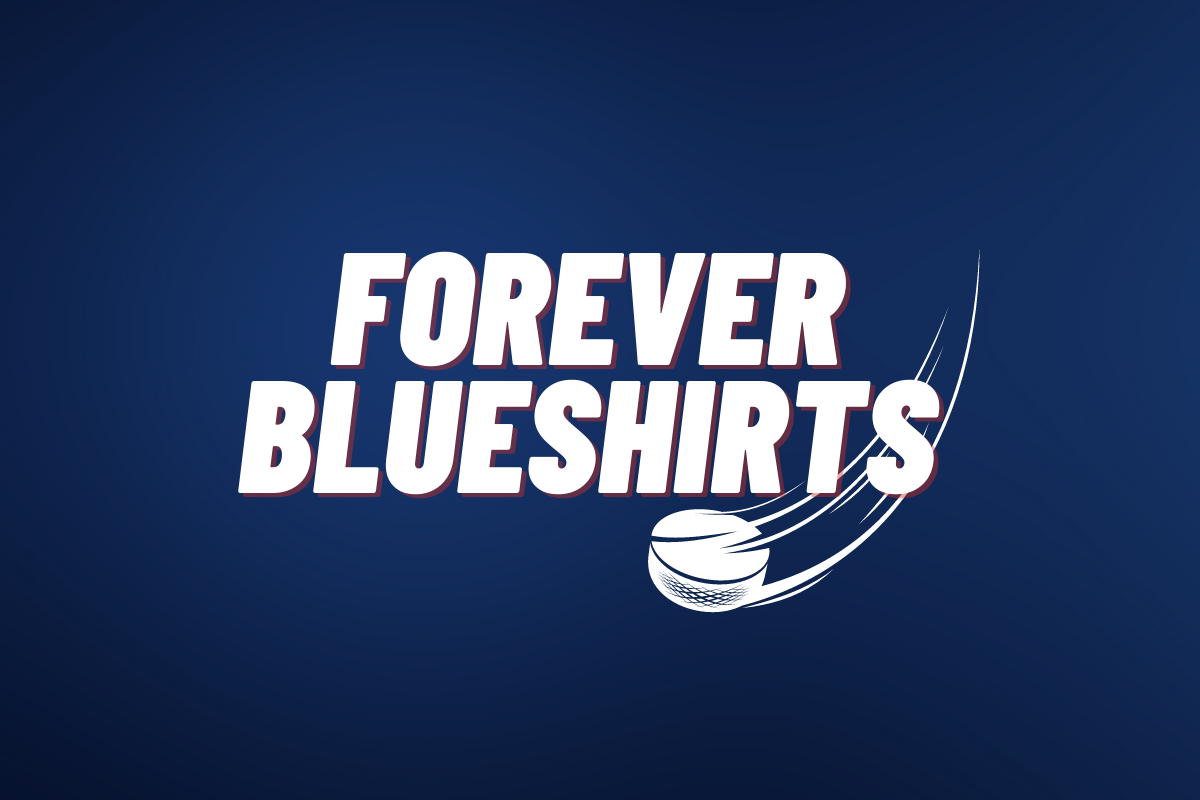The Draft Analyst: Matthew Robertson living up to last year’s draft hype
The excitement surrounding the selection of Kappo Kakko at the 2019 draft as part of the Rangers’ ongoing rebuild was seen by many as a watershed moment in franchise history, and understandably so. It was a moment, however, that didn’t last long enough for the slightest of reflections. Less than two weeks later, the Rangers signed Artemi Panarin.
Of course, nobody forgot about Kakko. He was the franchise’s biggest grand prize in decades. As for the rest of his fellow prospects from the Blueshirts’ 2019 draft class, however, the shot at a full-time NHL job is still two or three years away. The good news is we’re learning to be patient, which is how Edmonton Oil Kings defenseman Matthew Robertson approaches the game.
A Steady Pick
Truth be told, the double-takes were aplenty for most Rangers fans when he was announced as the 48thoverall pick (with wingers Pavel Dorofeyev and Patrik Puistola STILL on the board!). Even I was surprised, and I had him ranked as a first rounder. The feeling of “here we go, another defenseman” and the subsequent passive outrage were easy to explain.
But Robertson’s development up to this point has been anything but worrisome. Not only is he a top defender on one of the best teams in the entire Canadian Hockey League, but he’s also maintained his health and looks comfortable with his team being the hunted ones.

Through Thursday, Roberston was leading all Oil Kings’ defenders with 13 goals and 29 assists for 42 points (20 on the power play) in 55 games. He’s also top 10 among WHL blueliners with 159 shots. Compared to last season’s 52 appearances, Robertson has six more goals, nine more points, and 53 more shots. But as we all know, improvements in traditional stats catgeories are not only common for second or third-year junior players, but also misleading.
The Skill Set
Such isn’t the case for Robertson, who is a highly-intelligent defender. His skating, footwork, and agility are impressive for a rearguard his size, but most of his bursts of speed and quick dashes to loose pucks lean more towards the economical or deliberate side. One can assume he does this to conserve energy (Robertson plays somewhere between 22-25 minutes a game), but he also reads plays very well, anticipates properly and has that long reach to help him gain possession.
Robertson, like most top-end defense prospects, is incredibly poised. There’s a loud subtlety to his game in the face of a heavy or aggressive forecheck, similar to K’Andre Miller with Wisconsin. The differences between their respectve situations is stark – Miller plays for a rebuilding high-profile program while Robertson patrols the blue line for a Memorial Cup contender. But pressure from a forecheck is pressure in any language, and both have a mature way of dealing with it.
A Closer Look
In terms of special teams, Robertson has often been the lone defenseman on Edmonton’s five-man unit and setting him up for a big shot from between the circles is a play they execute regularly. He has soft hands for a rearguard his size and transitioning from backhand to forehand close inside the line rarely results in a turnover or offside. Robertson’s ability to deaden tough passes and create the ideal scenario to handling the puck is a big part of his game in all three zones.
The Oil Kings operate the WHL’s best penalty kill, and Robertson anchors the first pairing. He seems to understand his own strength, so you rarely see him engage in a violent battle with smaller players – a simple shove or jab to the back is effective enough to keep them off away from the crease. With bigger wingers, it’s a different story as Robertson seems to cede positioning and focus more on tying up sticks or pressuring the puck above the dots rather than lock horns in a chest-to-chest struggle. Whether it’s an edict from the coach or that’s his way of doing things, it’s hard to argue against the work being done by a top-ranked PK. Plus he keeps his own stickwork within the letter of the law.
He’s been paired with 2002-born puck rusher Logan Dowhaniuk, who is a lefty playing the right side. Robertson being paired with a quick skater doesn’t mean he’s forced to play conservatively. He spends a significant amount of time near or inside the circles via pinches, and action to his far corner present him the chance to sneak into the slot for a one-timer or wrister towards the net.
If you want to learn more about Matthew Robertson make sure to check out TheDraftAnalyst.com.
More About:NYR Features
